Books
Our Writers Pick the 18 Art Books That They Couldn’t Put Down in 2022—and You Won’t Be Able to Either
Among our picks this year are several books that pay homage to unsung artists. No time like the present to give them their due.
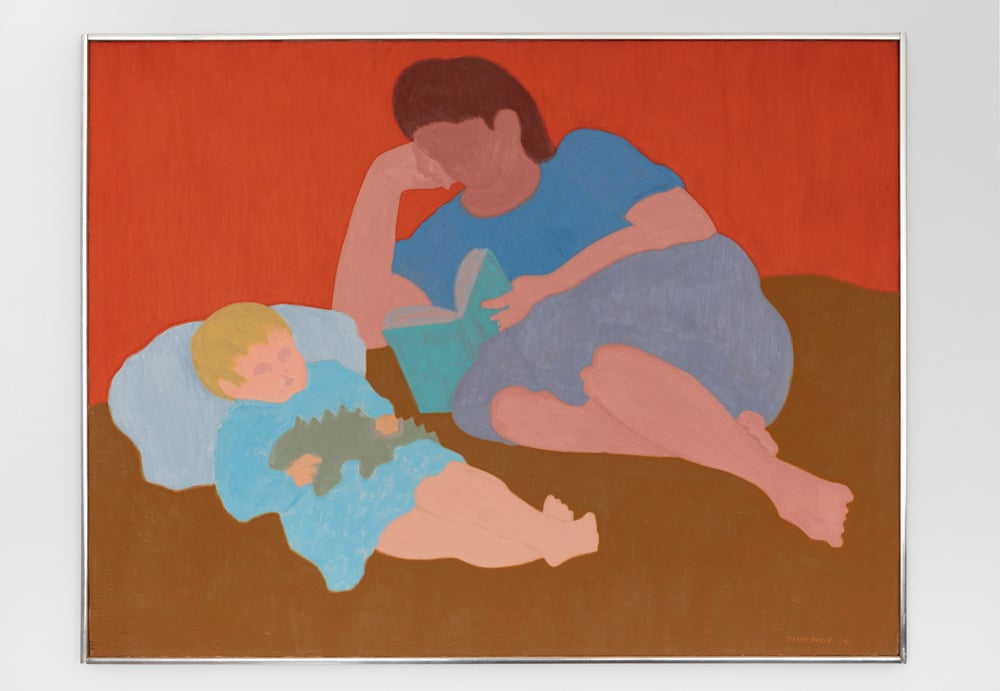
Among our picks this year are several books that pay homage to unsung artists. No time like the present to give them their due.

Artnet News

Here’s a sampling of books published on the the topic in the last year and recommended by our writers, ranging from a delightful romp through the public works of Paris to the serious issue of censorship and the forms it takes in today’s art world.
Plenty of books in between, too, including the role of the art museum in contemporary society and reappraisals of unsung figures of art history, plus several works of fiction inspired by the art world. Add to that a tome by one of Artnet News’s own, Ben Davis, and you’ll have no shortage of material to dig into during the holidays and beyond. Happy reading!
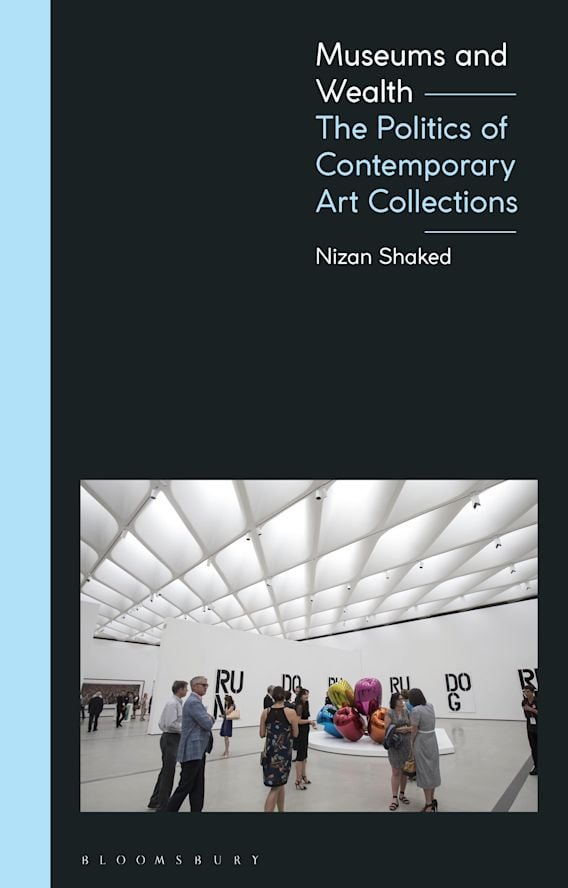
Nizan Shaked, Museums and Wealth: The Politics of Contemporary Art (2022). Courtesy of Bloomsbury.
In this fascinating and scholarly book, Shaked, professor of Contemporary Art History, Museum, and Curatorial Studies at California State University Long Beach, offers something like a unified theory of what ails museums today. Carefully surveying the power structures that have formed the modern museum “from the Medici to MoMA,” she argues that reforms within the museum are fatally hobbled by the unequal distribution of wealth that creates a patron class in the first place. Whether or not her contention that efforts towards diversifying museum collections are completely doomed by this fact is totally true, Shaked’s book is very valuable in taking the conversation beyond the purely moralistic place that it seems currently struck, to help think about “structural” change in a way that uses the word as more than just a buzzword. Museums and Wealth should be the starting point for discussions about the problems of the museum going forward.
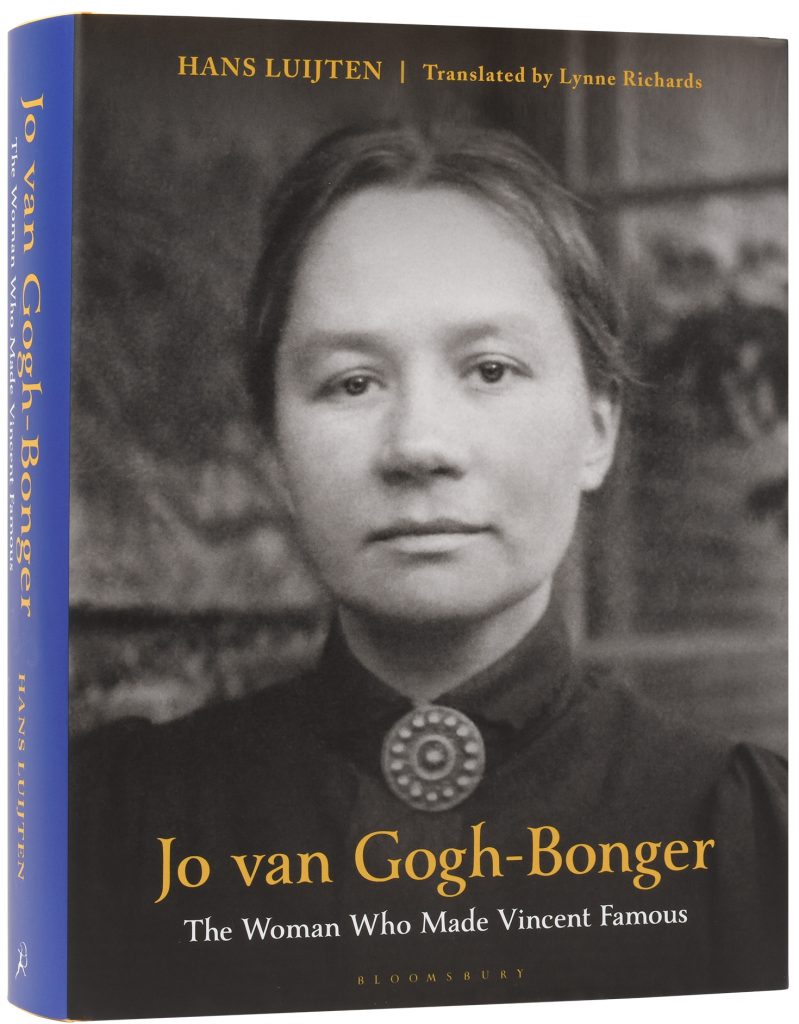
Hans Luijten, Jo van Gogh-Bogner: The Woman who Made Vincent Famous (2022). Courtesy of Bloomsbury Visual Arts.
You know that old saying, behind every great man is a great woman? This incredibly granular account of the life of Jo van Gogh-Bonger finally gives her the credit she deserves for tirelessly promoting the work of her brother-in-law Vincent van Gogh, helping transform him from a misunderstood failure into perhaps the world’s most famous artist. That she took on this lifelong task as a tribute to her late husband and great love, Theo—and succeeded as a woman working in a previously unfamiliar field—makes the story all the more inspiring.
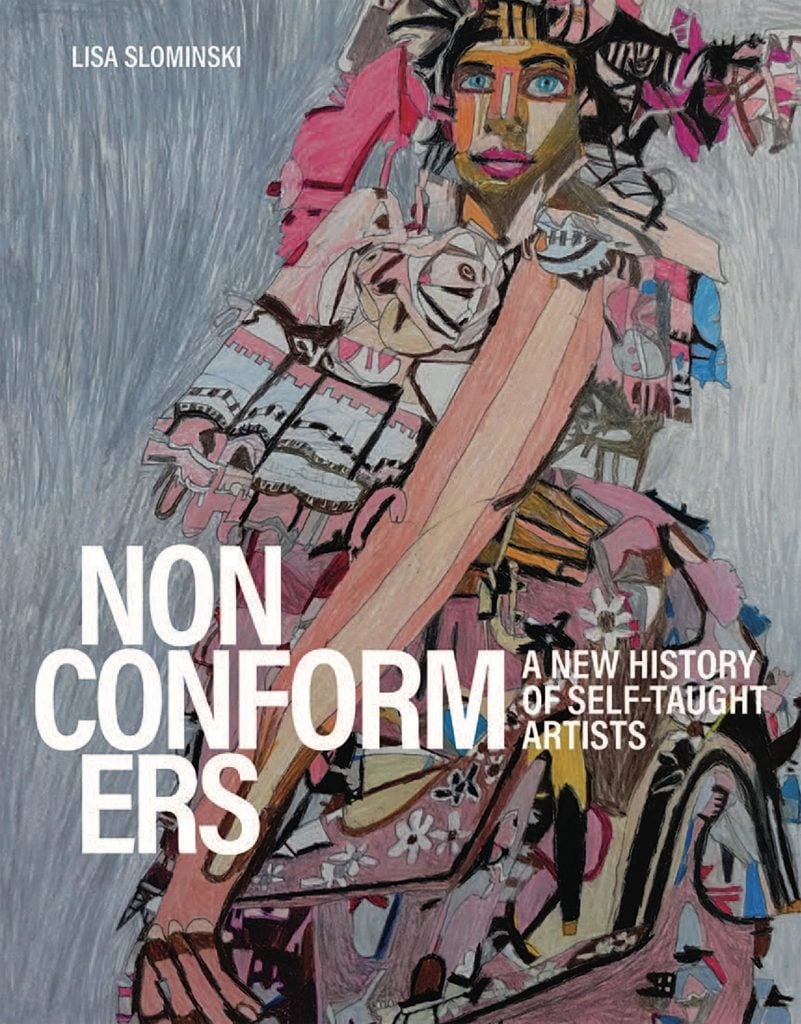
Lisa Slominski, Nonconformers: A New History of Self-Taught Artists (2022). Courtesy of Yale University Press.
What is an “outsider artist” anyway? According to author Lisa Slominski, it is a designation that encompasses a wide swath of individuals: people with disabilities, people of color, and women artists—all of whom have come up against the gatekeepers of cultural relevancy at some time or another. In so many cases, that has proved useful in the long run, as so-called “outsider” or “self-taught” artists achieve international recognition, helping to shape the trajectory of contemporary art.
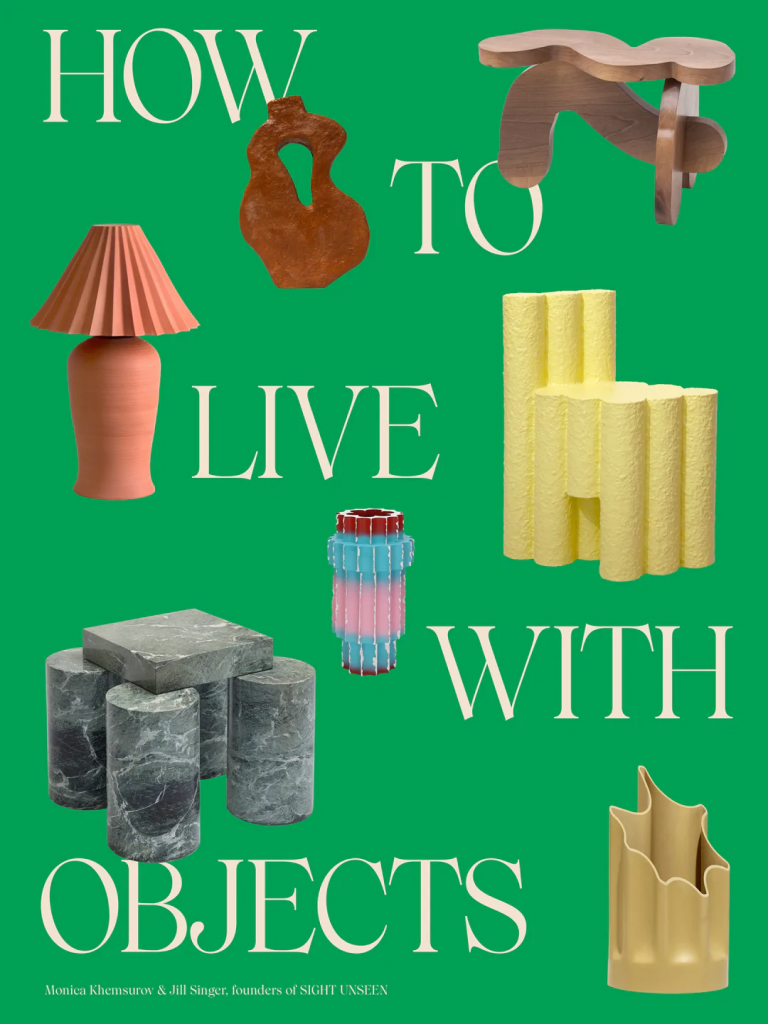
Monica Khemsurov & Jill Singer, How To Live With Objects (2022). Courtesy of Clarkson Potter Publishers.
After the Marie Kondo-inspired craze for purging unnecessary objects, this book is a welcome antidote to the idea that accumulating and appreciating stuff is bad. The cofounders of the online magazine Sight Unseen have created what Vanity Fair calls “the bible of modern home decor and style.” Amen!
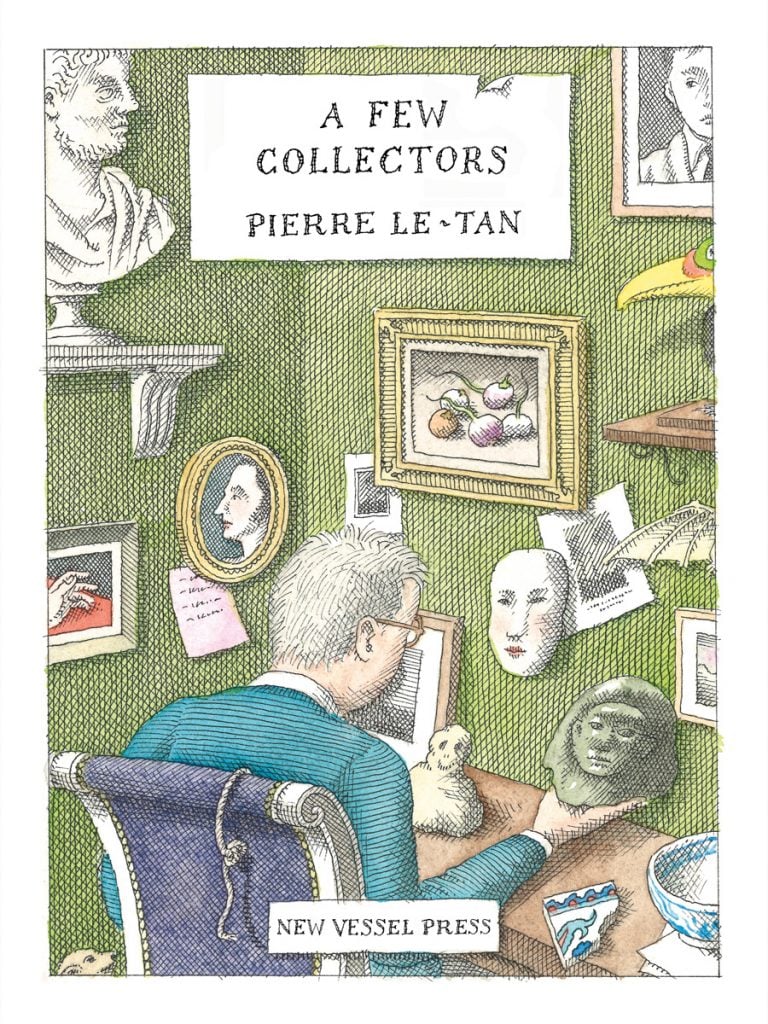
Pierre Le Tan, A Few Collectors (2022). Courtesy of New Vessel Press.
This delightful illustrated book by the late New Yorker illustrator Pierre Le-Tan, translated into English for the first time, is a love letter to both the joys and the eccentricities of collecting. In each chapter, he paints a picture of a different collection he has personally encountered, from that of former Louvre Museum director Pierre Rosenberg to actor Peter Hinwood, of The Rocky Horror Picture Show fame. There’s great art, creepy dolls, and even a collection of crumpled pieces of paper.
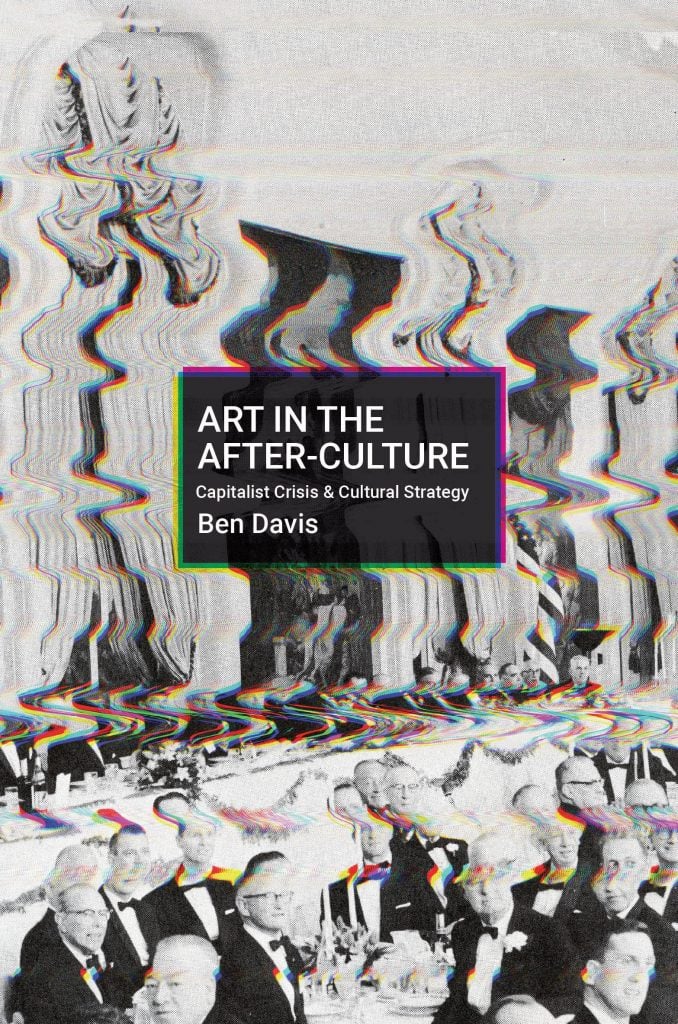
Ben Davis, Art in the After-Culture: Capitalist Crisis and Cultural Strategy (2022). Courtesy of Haymarket Books.
Look, we’re biased. But don’t take our word for it: This collection of essays about the radical changes rocking the art world by Artnet News’s own Ben Davis was a pick for 2022 Book of the Year by Lisa Hilton in the Times Literary Supplement and Holland Cotter in the New York Times. (If you can’t wait, Davis also did an episode about the book’s take on art and A.I., months before the subject took over the news, that you can listen to now!)
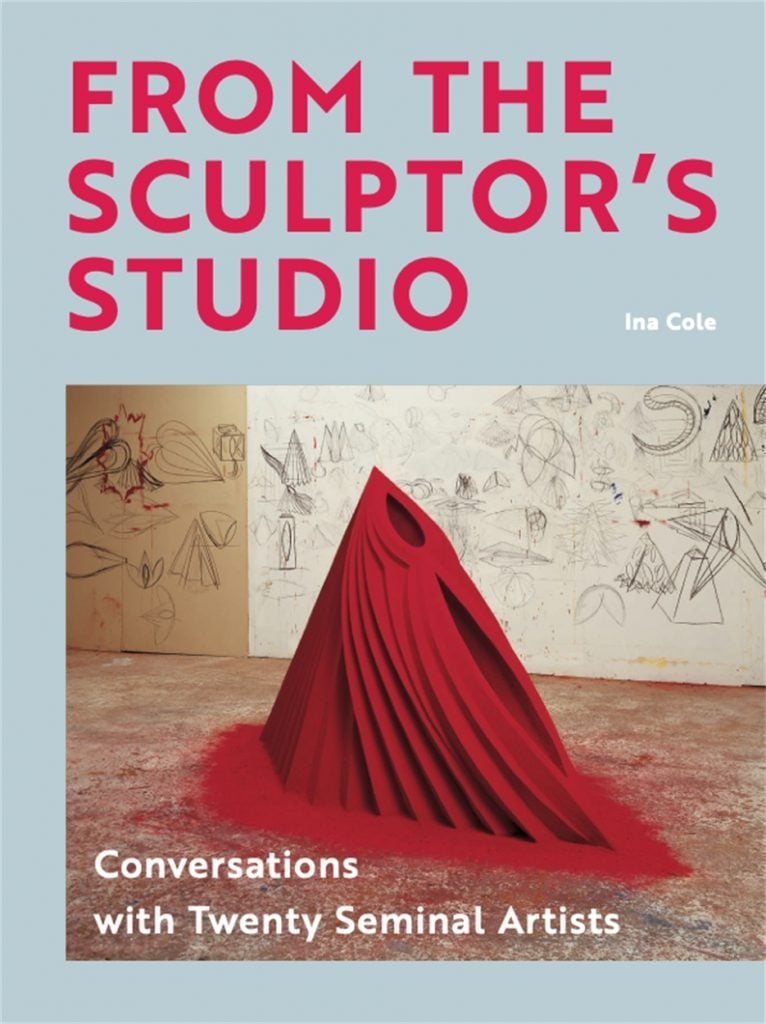
Ina Cole, From the Sculptor’s Studio (2021). Courtesy of Laurence King.
Since the days of monuments and statues, the art of making sculpture has changed beyond recognition and its boundaries are still to this day being challenged and reinvented. In a new collection of interviews, 20 living sculptors, including Anthony Caro, Phyllida Barlow, Richard Long, Anish Kapoor, and Antony Gormley—each internationally renowned for leaving their own indelible mark on sculpture—give fresh insight into their practices and how they have come to define the art form.
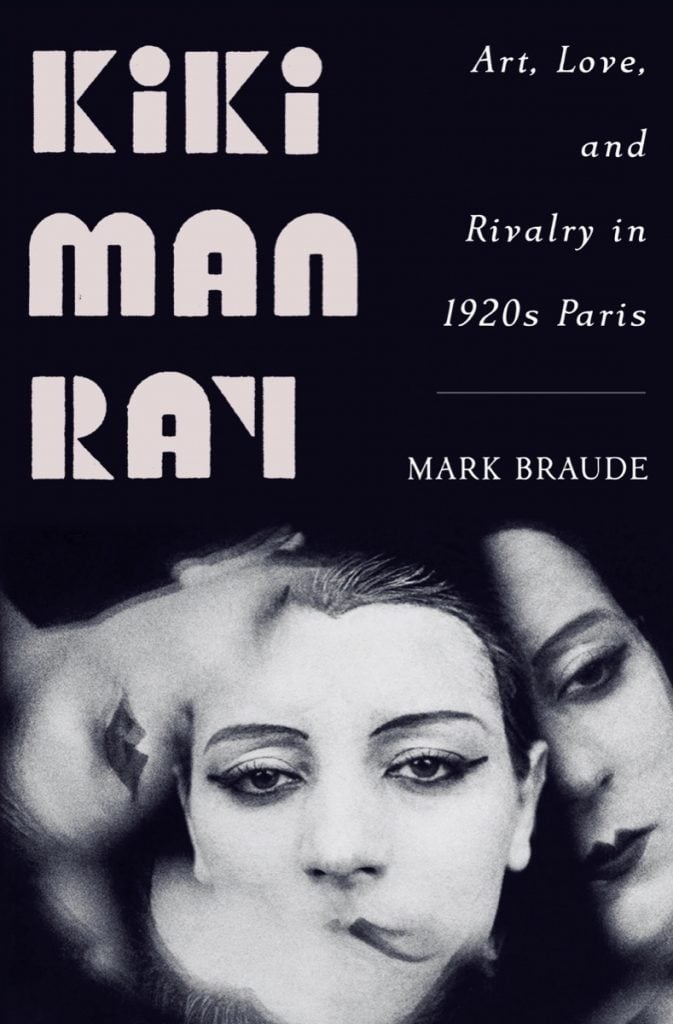
Mark Braude, Kiki Man Ray: Art, Love, and Rivalry in 1920s Paris (2022). Courtesy of W.W. Norton.
The incredible life story of Kiki de Montparnasse is so unlikely, it almost reads like fiction. Born Alice Prin, the determined Kiki was just a teenager when she realized posing for artists could be her avenue out of poverty. A muse to many—including her longtime romantic partner, the photographer Man Ray, with whom she collaborated on such groundbreaking images as Le Violon d’Ingres and Noire et blanche—Kiki became the heart and soul of the bohemian artist community of Left Bank Paris. Not only was she an artist model, she was a beloved singer, a successful memoirist, and an artist in her own right. The time is certainly ripe to revisit her legacy and the lasting influence she had on one of the most important art scenes of the 20th century, and to reconsider our preconceptions about artists and their muses.
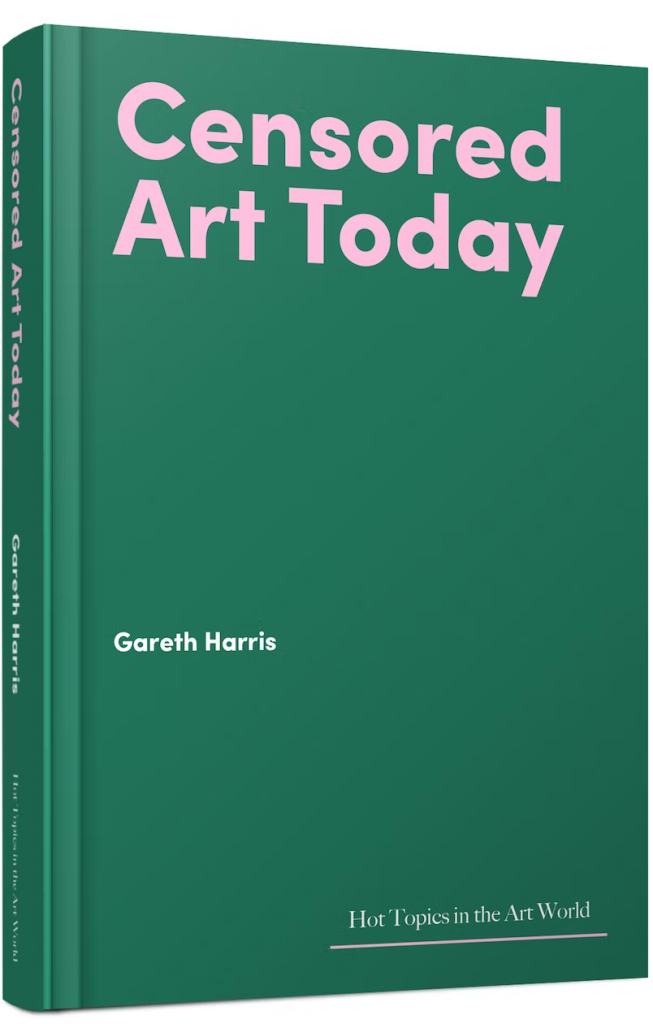
Gareth Harris, Censored Art Today (2022). Courtesy of Lund Humphries.
The longstanding debate around censorship in art has only been getting more fiery in recent years, as some decry “cancel culture” while others seek to redress offensive tropes or other inequities. In this new survey, Gareth Harris shows us how the dispute plays out in a wide range of contexts, from the toppling of old monuments in some places to government surveillance and the suppression of minority voices in others.
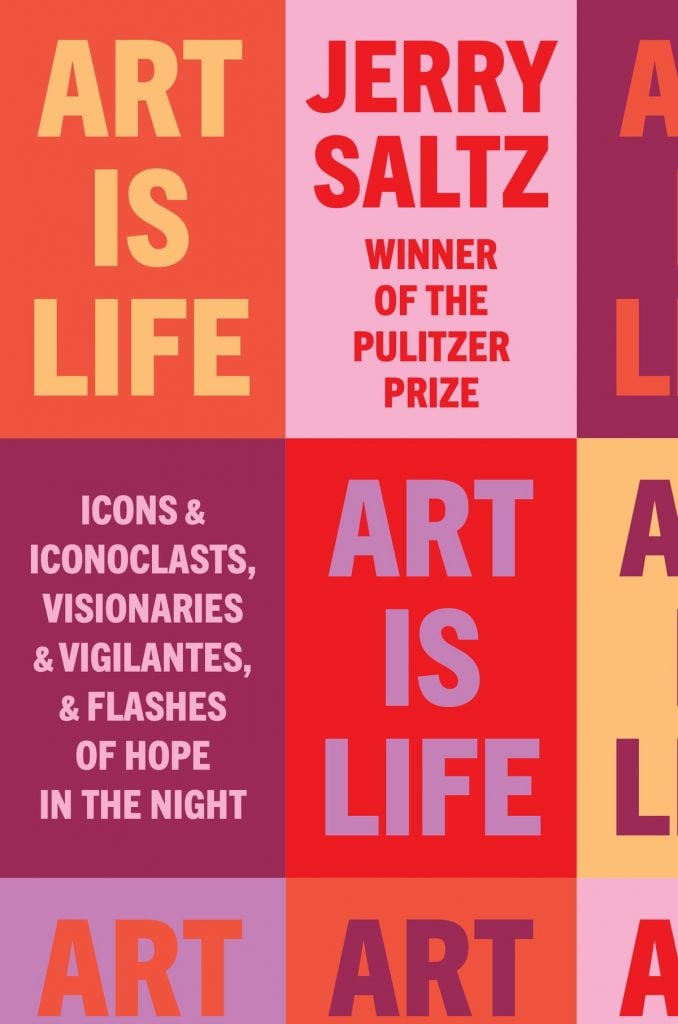
Jerry Saltz, Art Is Life: Icons & Iconoclasts, Visionaries & Vigilantes, & Flashes of Hope in the Night (2022). Courtesy of Riverhead Books.
Pulitzer Prize-winning critic Jerry Saltz’s new book is a compendium of some of his best interviews, reviews, and musings on the art world; at its best, worst, and everything in between, as this book proves, for Saltz, art truly is life.

Linda Nochlin, Great Women Painters (2022). Courtesy of Phaidon.
Linda Nochlin’s 1971 essay “What Have There Been No Great Women Artists?” has been a much cited touchstone for every conversation about redressing the canon’s gender imbalance since. As this new book shows, with its fresh look at the past, the question no longer really stands. Covering over 300 artists, from major Renaissance names that have only recently been resuscitated from the history books to breakout stars of the ultra contemporary scene, and many more Impressionists and modernists in between, the survey showcases a new history of art that finally puts to bed any lingering doubts about the pivotal role of women painters.
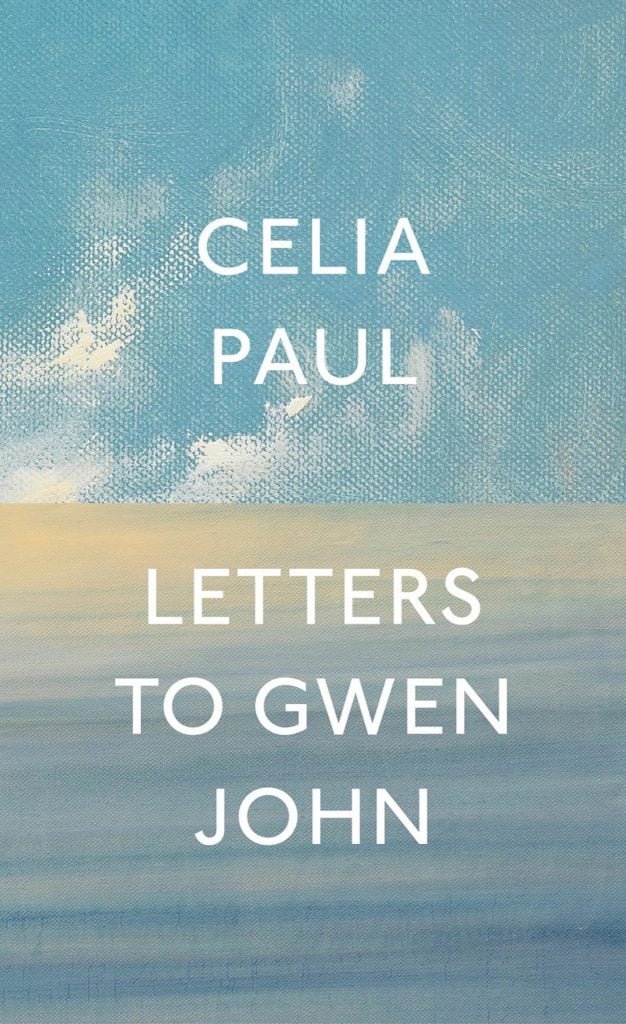
In 2019, British painter Celia Paul began writing letters addressed to the late artist Gwen John, who lived from 1876 to 1939, but saw her own artistic accomplishments overlooked compared to those of her brother, Augustus John, and her lover, Auguste Rodin. Paul has long been inspired by John, and compares their shared passion for art and creative struggles in this intimate epistolary work.
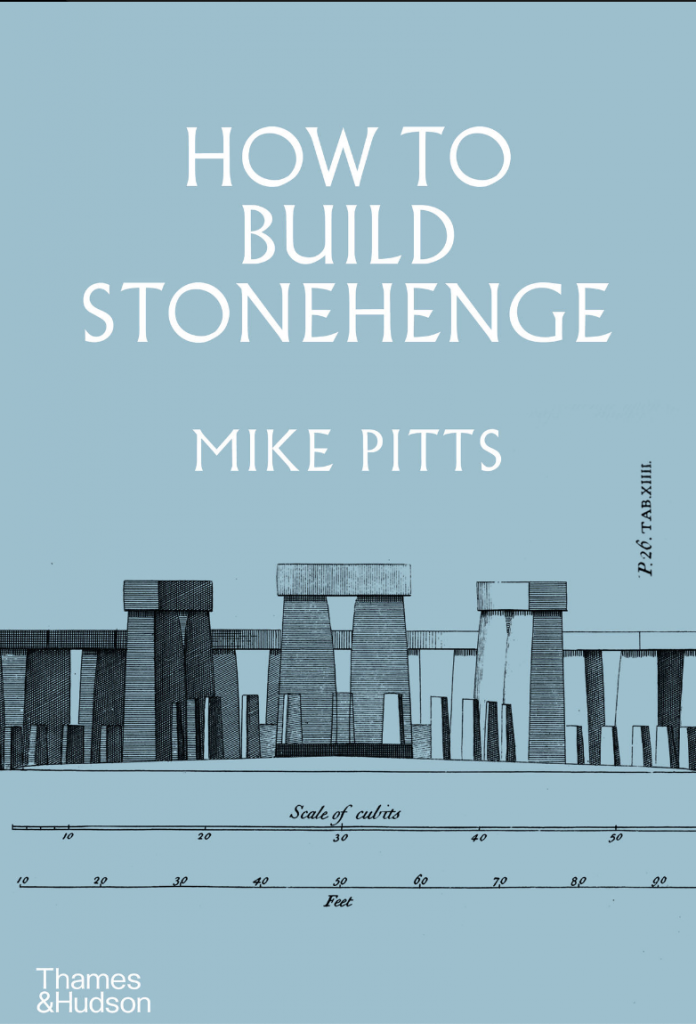
Mike Pitts, How to Build Stonehenge (2022). Courtesy of Thames and Hudson.
In his heavily researched book, Mike Pitts examines the technical evidence to determine how the ancients would have built Stonehenge, the mysteries of which have fascinated people for generations. His take? Pitts believes the bluestones would have been transported hundreds of miles overland from Wales via wooden sledges on wooden trackways, guided with poles. The larger sarsen slabs came from only 17 miles away, but raising the stones into three-part trilithons probably required using logs to lever them into position.
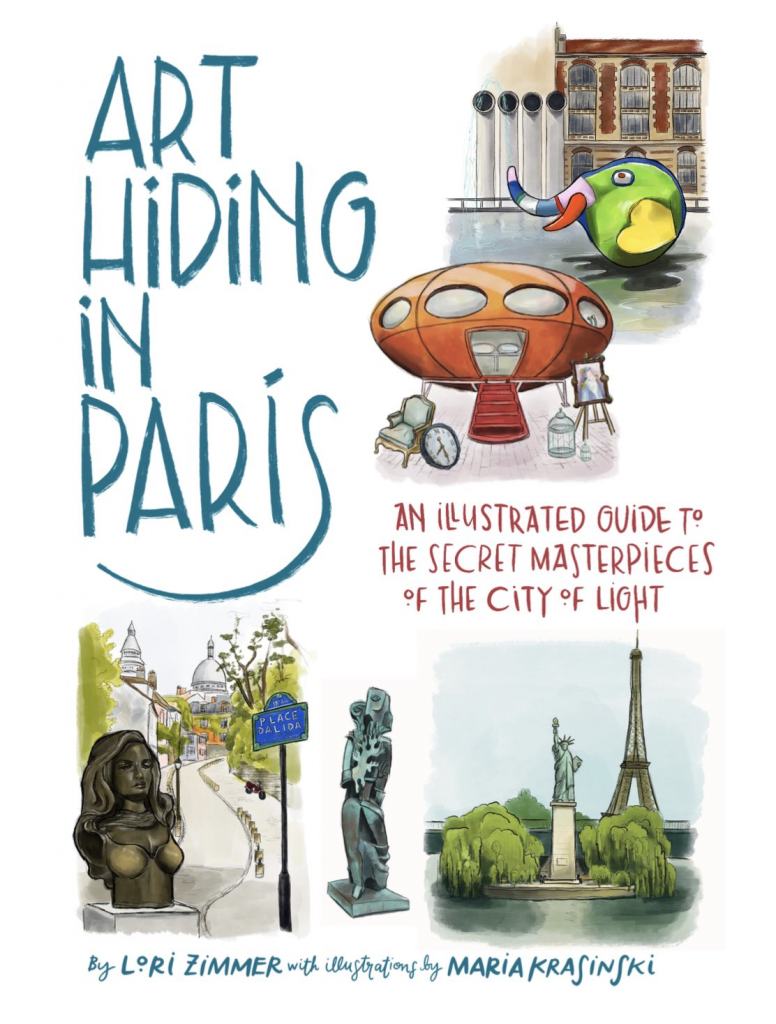
Lori Zimmer, Art Hiding in Paris: An Illustrated Guide to the Secret Masterpieces of the City of Light (2022), Courtesy of Running Press.
In 2020, writer Lori Zimmer and illustrator Maria Krasinski teamed up to produce a charming volume celebrating overlooked art in New York City’s public places. Their follow-up effort crosses the Atlantic to Paris to uncover works by the likes of Salvador Dalí, Joan Miró, and Jean-Michel Othoniel in what amounts to a delightful mashup of travel guide and art history.
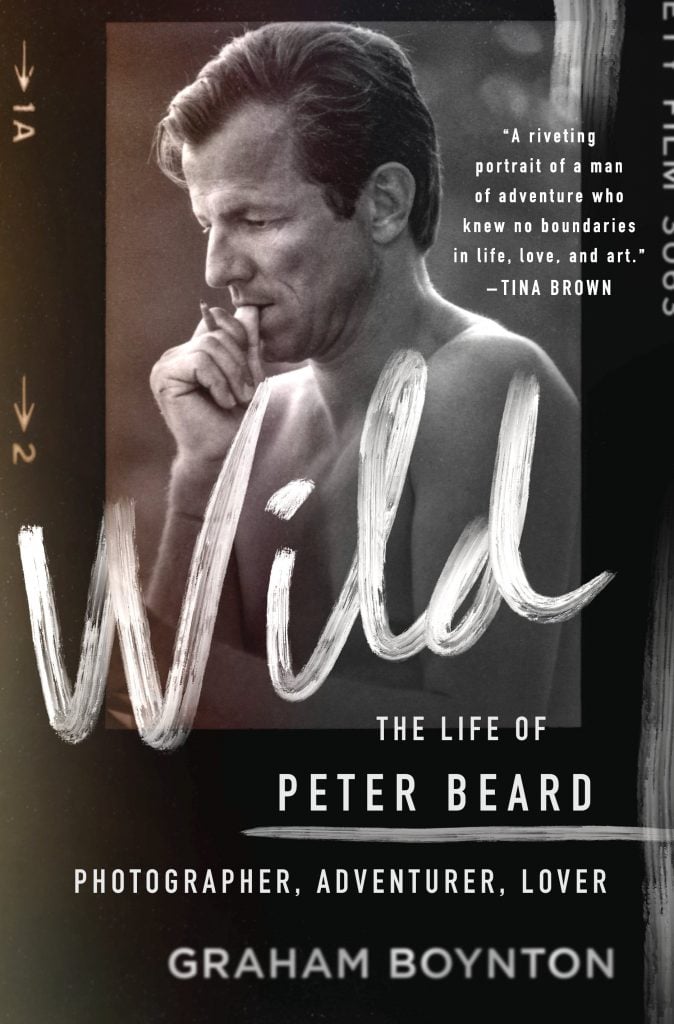
Graham Boynton, Wild: The Life of Peter Beard (2022). Courtesy of St. Martin’s Press.
In our post #MeToo world, Peter Beard doesn’t exactly come across like the charming rapscallion author Graham Boynton clearly thinks he is. (In the most damning anecdote, Beard punches his wife Cheryl Tiegs in the stomach, causing a miscarriage.) But the photographer, who spent much of his life documenting African wildlife, was clearly a most singular individual, carving out a unique place in the art world, leaving behind a massive and ambitious body of work despite his libertine lifestyle. Esteemed by collectors without, believe it or not, a single museum show to his name, Beard never compromised his creative vision, pouring his literal blood, sweat, and tears into collaged works that pushed the boundaries of photography.

Jennifer Raff, Origin: A Genetic History of the Americas (2022). Courtesy of Twelve Books.
Archaeology and genetics come together in this book exploring the earliest human history in the Americas. Jennifer Raff makes a compelling case once and for all to disband with the once iron-clad Clovis first theory that the first humans entered the continent at the end of the last ice age some 13,000 years ago, across the Bering Strait land bridge. Instead, the archaeological—and genetic—evidence points to a much earlier date, suggesting that the first Americans had made their way down the coastal “Kelp Highway” as early as 22,000 years ago. Highlights include a transporting scene in which Raff describes her work extracting DNA from old bones at a clean lab at the University of Kansas.
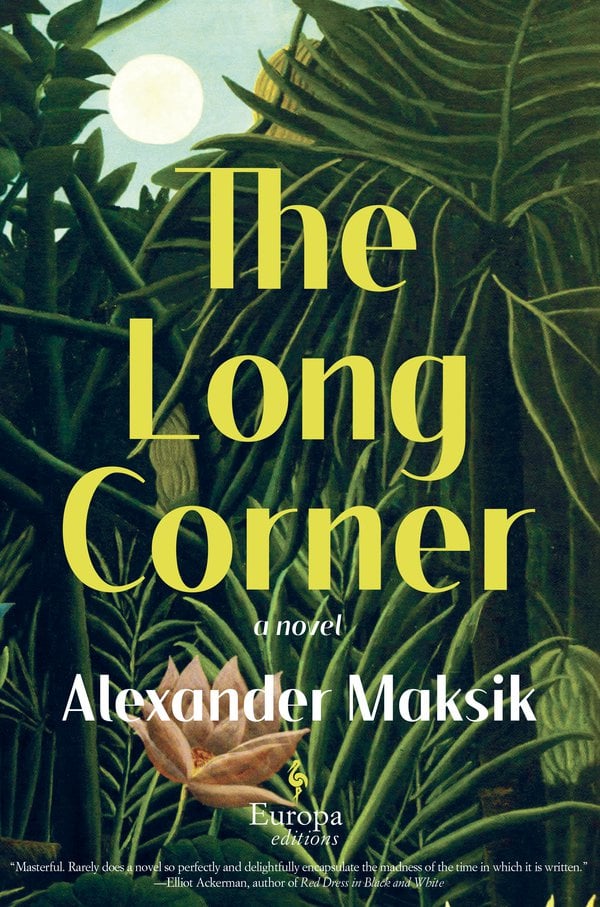
The Long Corner by Alexander Maksik. Courtesy of Europa Editions.
When art-critic-turned-marketing-flack Solomon Fields gets invited to visit a paradisal artist colony and write about what its founder, Sebastian Light, is building there, it seems like the perfect escape from personal tragedy. But it quickly becomes clear that something is not quite right in the Coded Garden, culminating in the resident artists’ eagerly awaited biennial and its unexpected aftermath. The novel is at turns comical, insightful, and unsettling, skewering the snobbery and cultishness of the art world while reconsidering the value of so-called creative genius—and the power of those who claim to foster it.
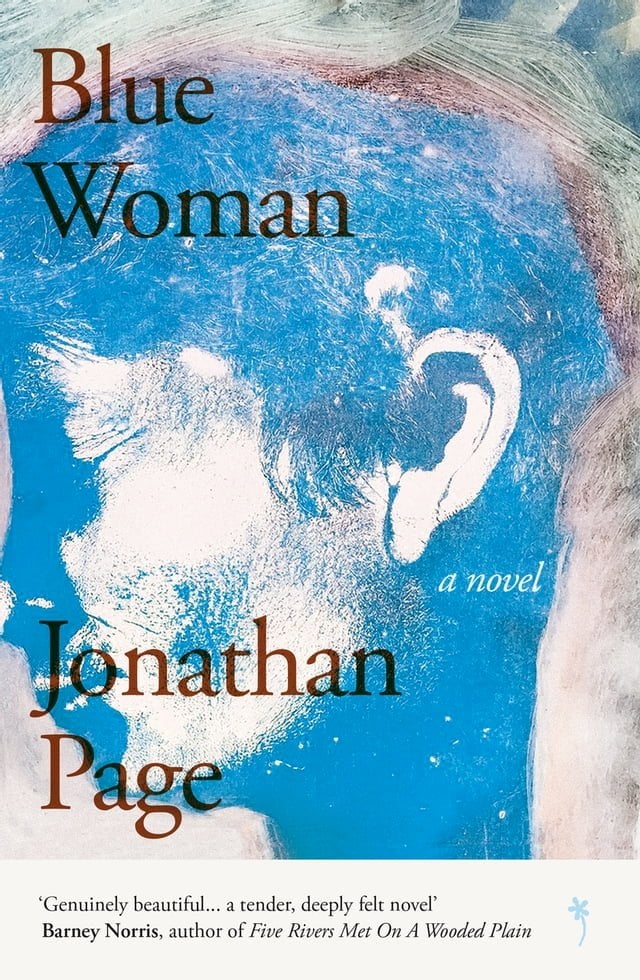
Blue Woman by Jonathan Page. Courtesy of Weatherglass Books.
This beautiful novel brings to life the fictional 20th-century British artist Rose Hartwood. She overcomes having a child out of wedlock and giving him up for adoption, and narrowly survives not one but two World War II bombing raids to achieve renown for her paintings. The story unfolds too quickly, years flying by as Rose grows old and is forced to leave her legacy to the next generation.